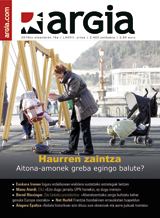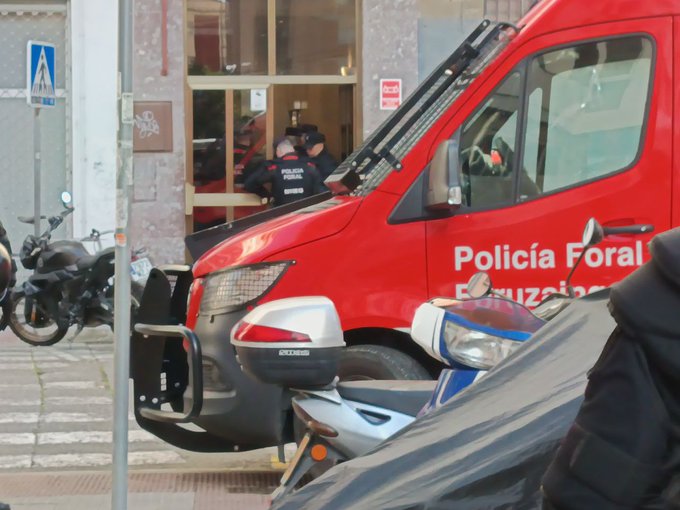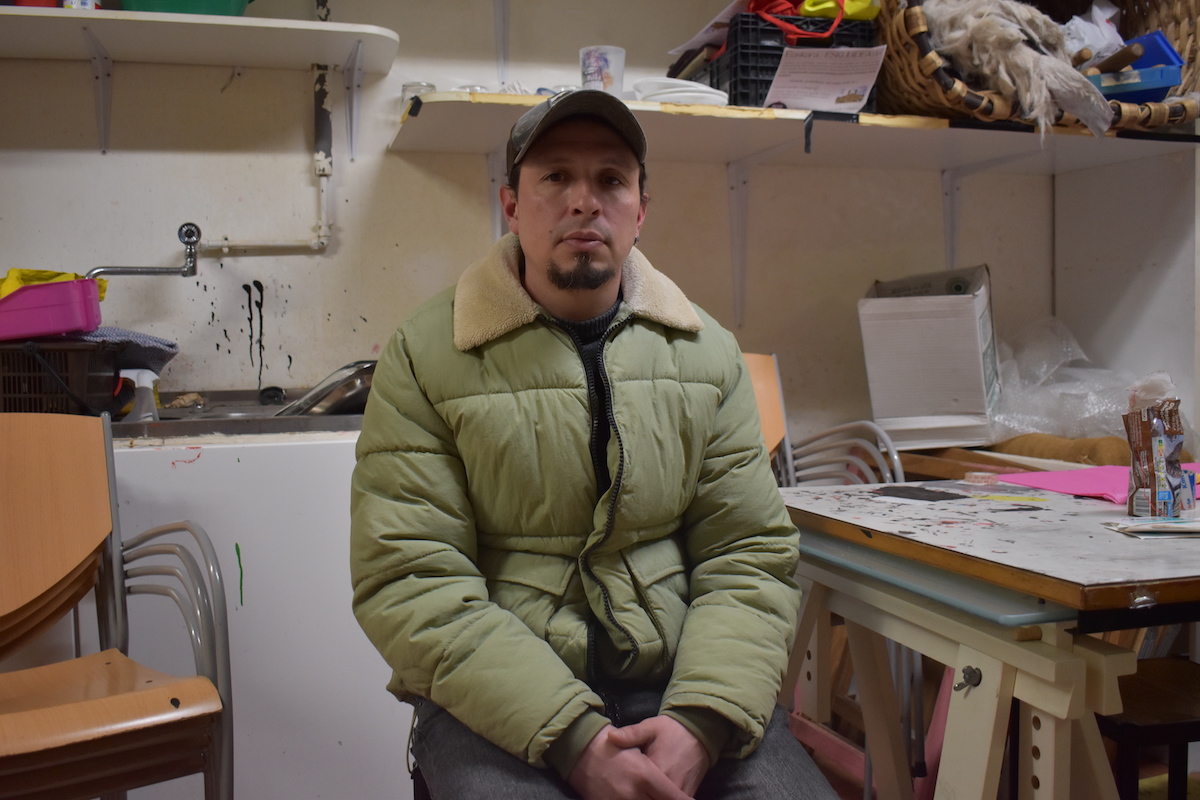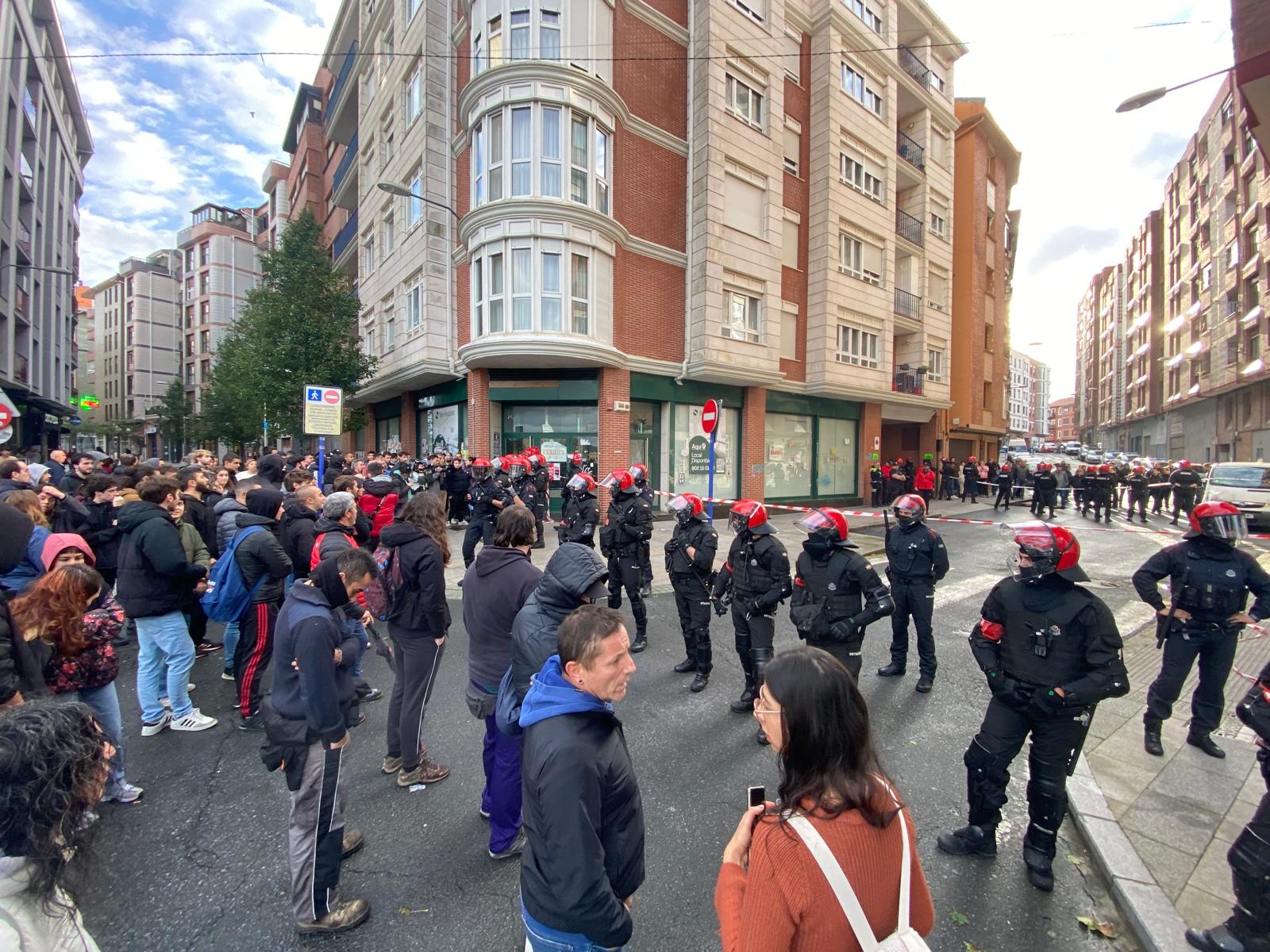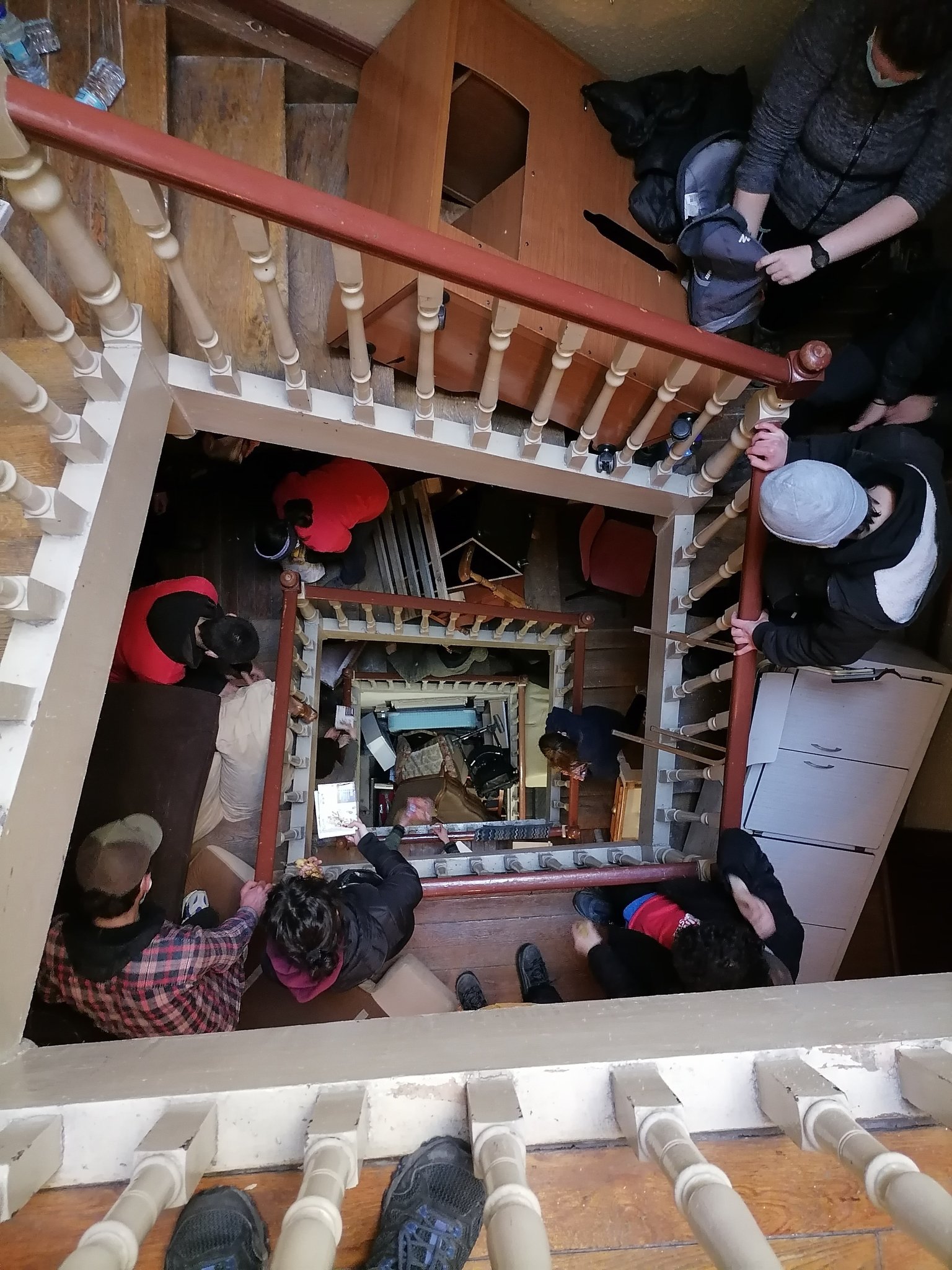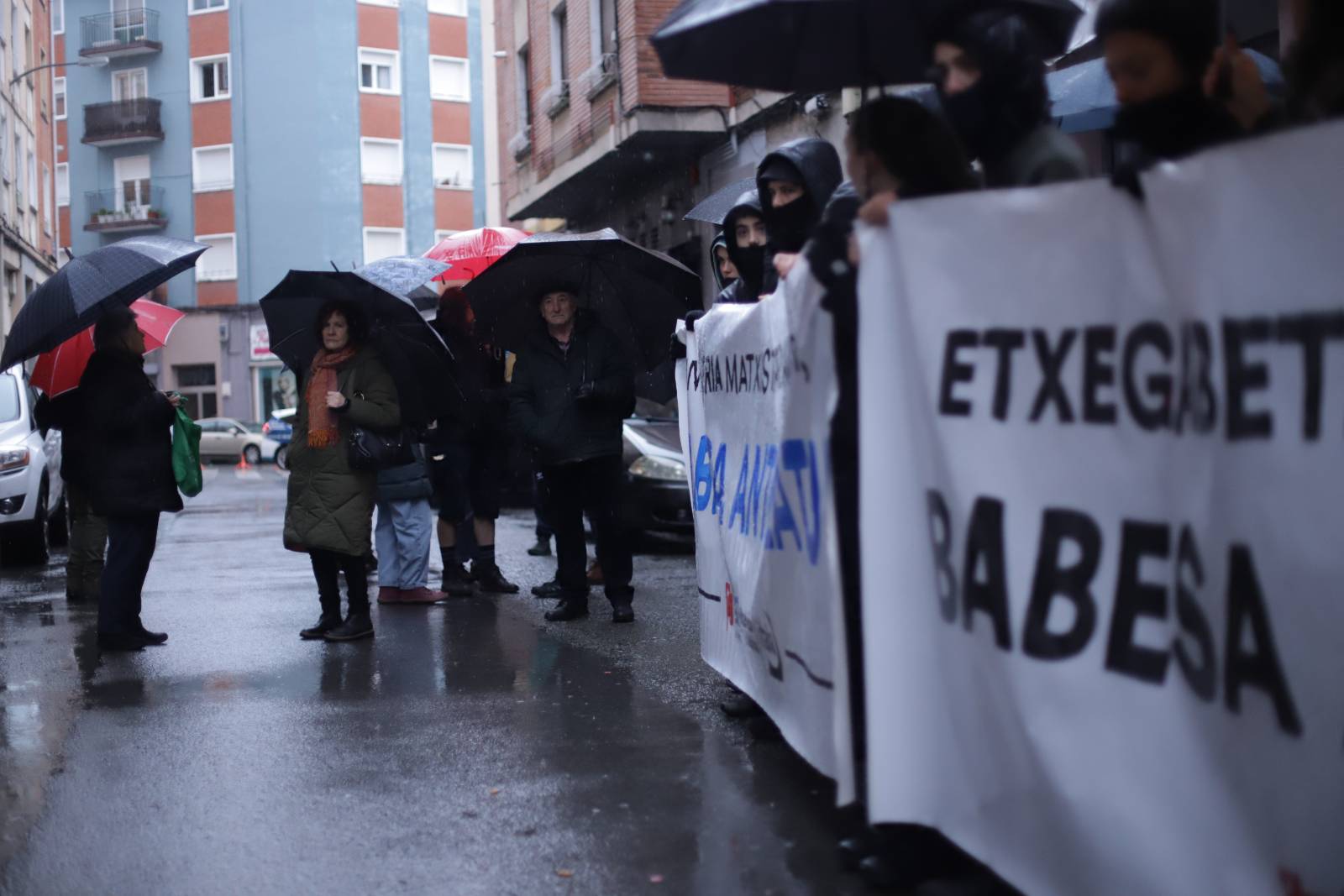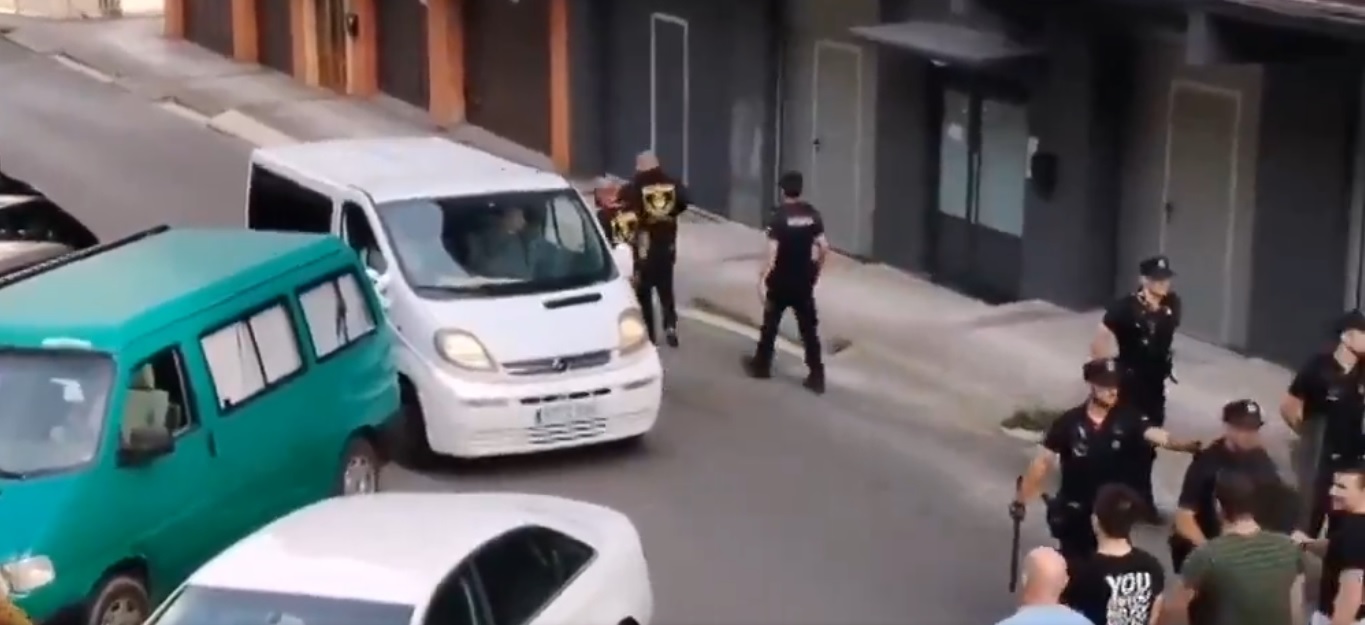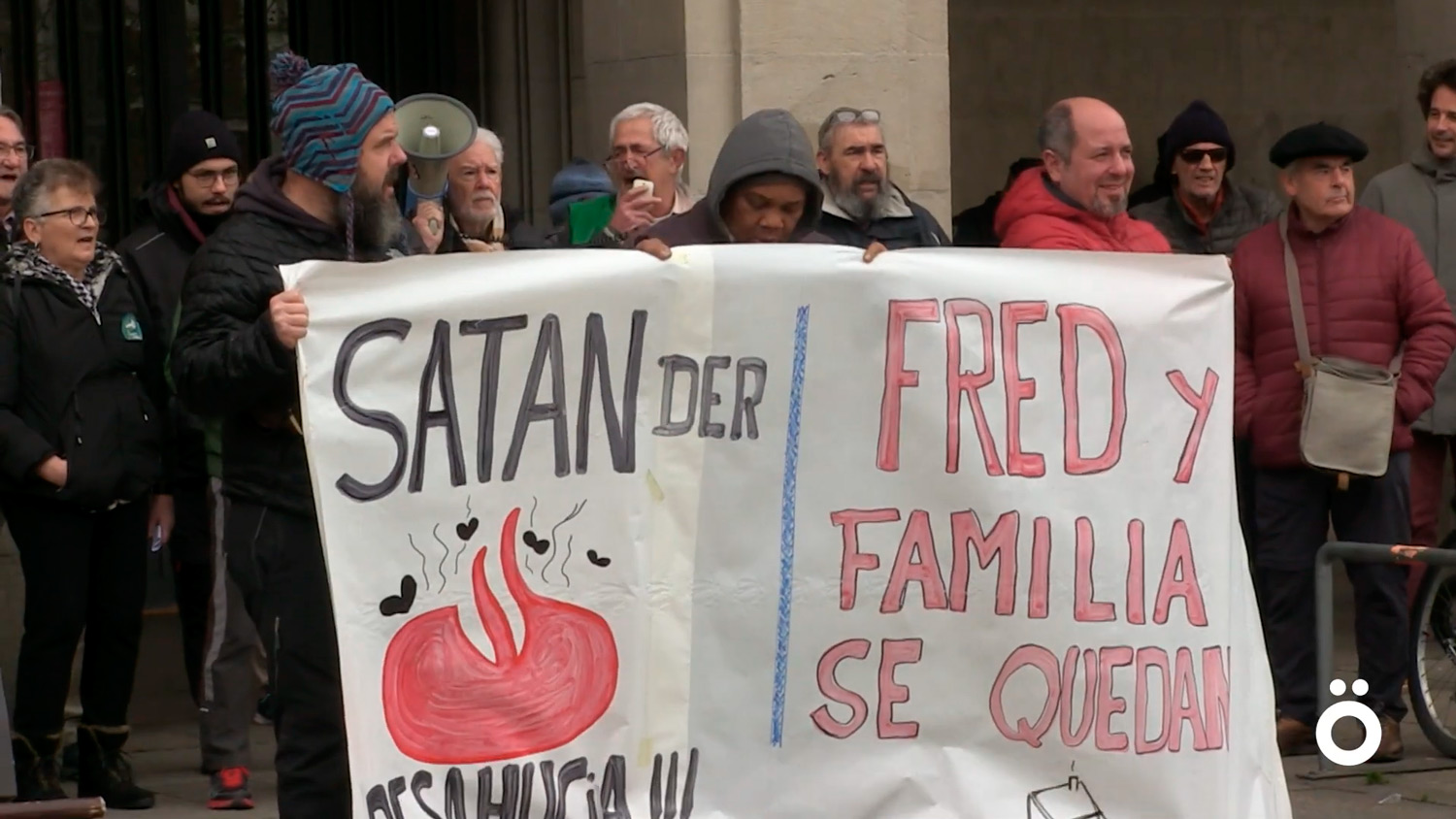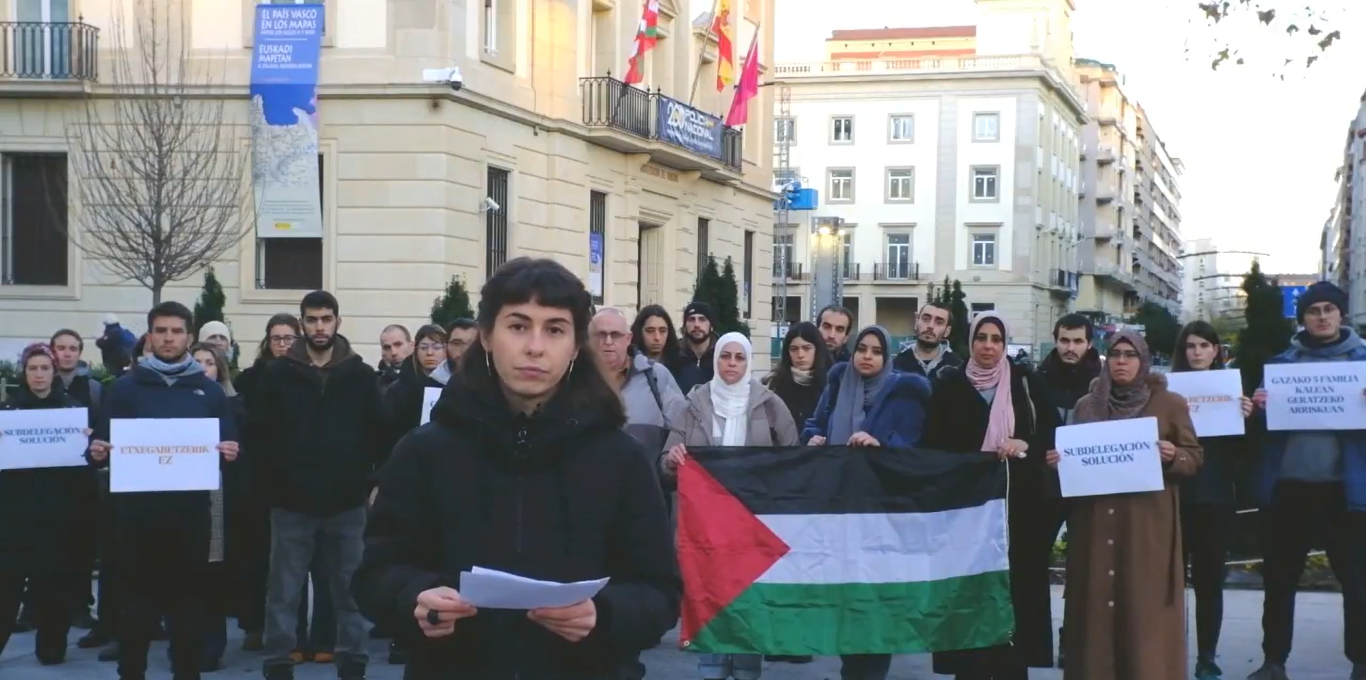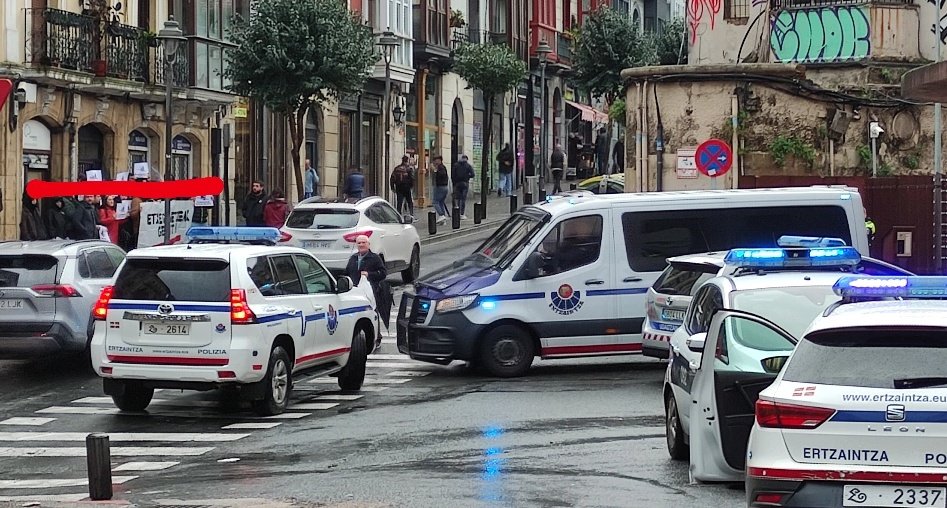Historical memory of today: in the absence of names and surnames
Navarurity can have many complements, but there are two that do not put them in question, that do not generate conflict, that do not send Christmas family dinners to bankruptcy. They are undoubtedly at the heart of all: Sanfermines and Health. Everything else is debatable, but the Sanfermines and Health (although they do not like some rare) are seen as keys of the navarurity: both abertzales and Spaniards, of Montaña or of Ribera; of left or right.
However, the story of Sanfermin and Osasuna is the story of political crimes. Today we all wear white to go to the Txupinazo, without suspecting that this habit is written about murders. The members of the rock La Veleta began to wear white, but some of them were shot as soon as the Civil War began because of their status as Republicans. Among them, José Zapatero, a youth from Jarauta Street: On 23 August 1936 he was murdered along with 52 others in the Valcardera shattering in the Royal Bardenas.
Upon arriving at the Plaza del Ayuntamiento, it should be known that the Chupinazo, this multitudinous and joyful tradition, was based on another murder. Juanito Etxepare, the Gran Vía pond, could not imagine the echo that his humble imbento was going to create: throw rockets in the air to announce the beginning of the Sanfermines. It began in 1931 and continued tradition until the Civil War. He was shot for being a Republican a few days after July 6, 1936. The crime had not stopped there: Since 1940, the Franco officializes the Chupinazo with the hand of two prestigious Pamplona: Jokintxo Ilundain and José María Pérez Salazar, both falangists and journalists in the journal Arriba España. According to the official story, these are the inventors of the sucking, and we can read it on the website of the City Council of Pamplona. Crime lasts in a way.
What about health? In Navarre it is the most important Basque institution, at least until we have the name of Health. In 1920, with the union of Sportiva and New Club of Pamplona, the need arose to invent a new name. One of the leaders of this team, Eladio Zilbeti, came up with the idea of Osasuna in a very successful way. The fact is that Zilbeti was a member of the EAE-ANV political party and paid that militancy with his life: In 1937 he was shot in the Etxauri area.
Although the history of Sanfermin and Osasuna is based on crimes, they are symbols of the heirs of the winners of the Civil War, at least to the extent that they are symbols of the rest of the Navarros, without generating any public debate. Perhaps, in addition to working on historical memory, today's memory is called into question by names and surnames. And for something else will be the economic power accumulated through repression, which has been extended to this day in favour of those of the old.
Ez da gauza berria politikari profesionalak gizarteko arazoak estaltzeko ahaleginetan ibiltzea. Azkenaldian Denis Itxaso -EAEko Etxebizitza sailburua- entzun dugu etxegabetzeei garrantzia kenduz eta aditzera emanez gurean bazterreko fenomenoa direla; eta Begoña Alfaro... [+]
Azora putre funts alokairua igo eta mantentze lanak alde batera utzi ditu, Isaac Lagos eta bere familia etxebizitza uztera behartuz. Kaleratzearen aldeko epai bat jaso berri du maizterrak.
Etxera itzuli ahal izan diren arren, joan den azaroan kaleratu zuten Astrabuduko familia berriz ere arriskuan dago. Uribe Kostako Etxebizitza Sindikatuak salatu du mailegu-enpresa berriz ere saiatzen ari dela kanporatzea gauzatzen, oraingoan, desokupazio-enpresa bat... [+]
Azken egunak garrantzi handikoak izan dira Bartzelonan, etxebizitzaren aldeko mugimenduarentzat eta espekulatzaileen aurkako borrokarentzat. Urtarrilaren 28an, polizia-armada batek Raval auzoko Massana Zaharrari [zentro sozial okupatua] eraso egin zion goizaldean, aurrez abisatu... [+]









